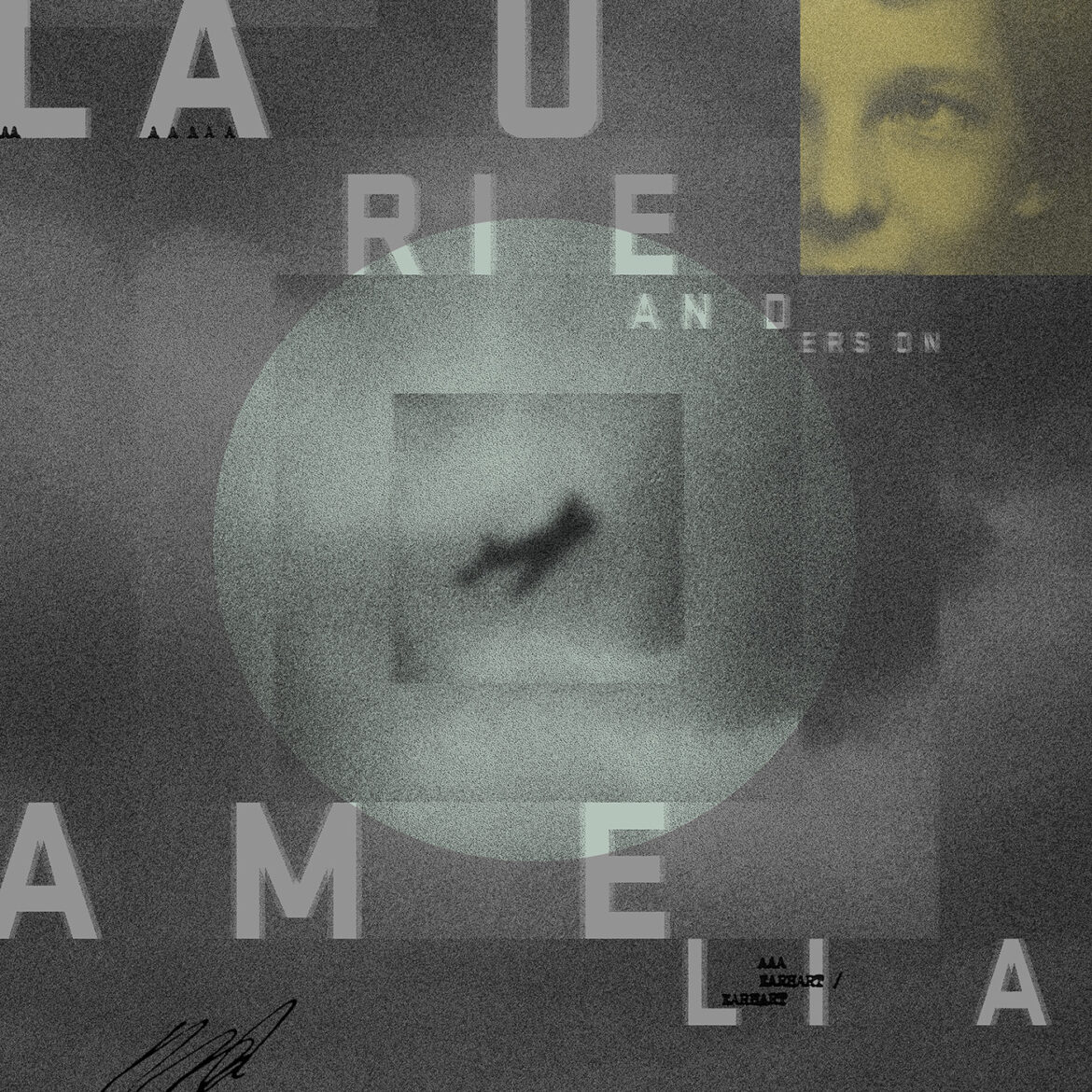The work of American experimental artist Laurie Anderson has been described as ‘eccentric’, ‘avant-garde’, and ‘uncontrollable’, and her latest album, ‘Amelia’, takes none of these names for granted. The grammy-award-winning musician’s newest piece is, in my opinion, simply ‘Anderson’.
Anderson has come a long way since her first performances, symphonies crafted out of car horns, done after her graduation from Barnard College. She released her debut album, ‘Big Science’, in 1982; the songs ‘From the Air’, “Let X=X’ and ‘O Superman’ quickly became some of her biggest hits. You may have even heard parts of ‘O Superman’ online—snippets of the song’s audio spread over TikTok in late 2023.
Anderson secured her popularity with ‘Mister Heartbreak’ and ‘Home of the Brave’, released 1984 and 1986, respectively. She has not left America’s creative mind since, going on to pioneer all kinds of performance art, shaping the form of electronic music from the very beginning.
‘Amelia’, a cooperative work with Anderson and singer-songwriter ANOHNI, was released August 30 on Nonesuch Records, containing 22 tracks over 36 minutes. It follows the doomed flight of Amelia Earhart, the famed female aviator who disappeared over the Pacific Ocean in 1937. Haunting, melancholy, and beautiful in all the right ways, it’s a mix of orchestral jazz, oratorio, and radio drama.
It starts with ‘To Circle the World’, which immediately begins with a disturbing mix of string instruments and the sound of 1930s aircraft engines. This song introduces Earhart’s journey and sets the stage for the rest of the album. ‘Takeoff,’ it starts, ‘May 20th, 1937. Oakland, California. The idea? To fly from California, back to California.’ It smoothly transitions into the next song, ‘I See Something Shining’, and then into the album’s third track, ‘Take-Off’, which introduces us to Earhart’s plane.
‘Aloft’, the album’s fourth track, sets us on Earhart’s journey. It describes the feeling and emotion of flying over the Gulf of Mexico and parts of the Atlantic. From there, she stopped in Puerto Rico, and then in Brazil; this is captured by the songs ‘San Juan’ and ‘Brazil’. Both songs describe the thoughts and ideas Anderson imagined Earhart might have had in those moments before committing to a full flight across the Atlantic. The flight itself is captured in ‘Crossing the Equator’, a dark, ominously haunting ballad and one of the album’s longest songs at just over two minutes.
From there, Earhart began her trip over Africa, with stops in Senegal, Mali, Chad, Sudan and Eritrea. This is chronicled over three songs: ‘The Badlands’, ‘Waves of Sand’, and ‘The Letter’. It moves into ‘India, and On Down to Australia’, which describes the coming journey from Karachi, Pakistan, to Darwin, Australia, and ends with morbid foreshadowing of her final trip back to California.
The next few songs seem to be a mix of memories, thoughts, and emotions, all imagined by Anderson. ‘This Modern World’ begins with a segment of a speech given by Earhart in 1935, titled ‘A Women’s Place in Science’; the next song, ‘Flying at Night’, gives us background into Earhart’s earlier years, watching performance pilots in Los Angeles and deciding she wanted to fly.
‘The Word for Women Here’ explores her stop in Bangkok, Thailand, and touches on the more emotional side of the flight. The lyrics describe her as being exhausted, and perhaps, slightly depressed. ‘Road to Mandalay’ describes Earhart’s emotional state in further detail, describing a sense of disorientation, what I interpreted as being a combination of fatigue and possible heatstroke. ‘Broken Chronometers’ contains more foreshadowing, and a reference to her navigator, Fred Noonan, and his drinking problem; it describes technical difficulties and a delay in Papa New Guinea. It’s written in the style of a telegram, which I found to be both an interesting detail and fitting for the time period. ‘Nothing but Silt’ seems to describe her boredom while waiting in Lae.
‘The Wrong Way’ introduces Earhart’s final trip. It describes poor weather conditions and reflects that this is the longest part of the journey yet. ‘Fly Into the Sun’ describes her and Noonan becoming lost over the Pacific; Earhart begins to reflect on her life, feeling sorrowful and inferior.
‘Howland Island’ returns to a more narrative perspective. Howland was an intended refueling spot; Earhart never made it. The song describes Earhart’s attempts to recalibrate herself and quickly becomes a disturbing orchestra of whistles, engine sounds, radio equipment, and violin. It slides into ‘Radio’, which describes the confusion between her and the Coast Guard ship Itasca, assigned to guide her into Howland. These two are some of my favorites, simply due to the way they feel and the emotion they invoke, despite the fact that they are easily the most disturbing songs on the album.
‘Lucky Dime’ seems to describe a crash. Earhart narrates that she sees her plane shining, and in the background is the sound of waves against the shore. The album ends, simply, with ‘It was the sound of the motor I remember the most’, the same line that opened ‘To Circle the World’. But this time, the engines have vanished, and all we hear is the sound of Anderson’s voice against the ocean.
The sound and feel of the album cannot be conveyed over text. ‘Amelia’ is a melancholic, disturbing rendition of what was a hazy event to begin with; this is easily Anderson’s most unnerving, artistically moving album since ‘Bright Red’. The ending was definitely my favorite part—the description of Earhart’s crash and that final, haunting line left me in awe.


Greg simons • Oct 4, 2024 at 1:09 pm
Because of this informative review, I’m going to listen to this right away!
Ralph • Oct 3, 2024 at 7:36 pm
Great review!